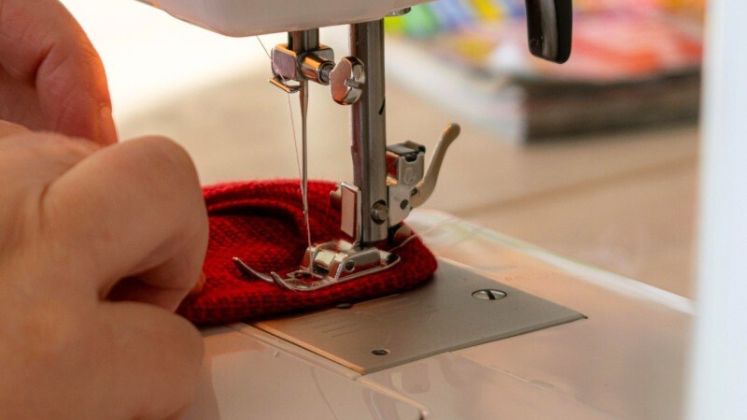The textile industry now has a standard method for figuring out “displacement rates,” or the rate at which circular activities directly stop people from buying new items, thanks to a recent report released by the Waste and Resources Action Programme (WRAP).
The Displacement Rates Untangled research states that the average displacement rate for apparel repairs is above 80 per cent, while the average displacement rate for second-hand item sales is over 60 per cent.
Any second-hand purchases that take the place of purchasing a brand-new item are considered displacement. Impulsive second-hand purchases or purchases made by citizens who would have only made second-hand purchases otherwise are not included.
The environmental benefits of choosing to repair or resale are also calculated in the report. For example, purchasing used jeans rather than new ones reduces carbon dioxide emissions by more than 30 kg (CO2e). In a similar vein, fixing a single cotton t-shirt saves about 7.5 CO2e.
Two case studies are provided in the study to verify the methodology across several circular business models.
In the first, results from Vestiare Collective, eBay, and Depop are combined to analyse peer-to-peer internet resale. The study validated the 64.6 per cent displacement rate based on 7,061 survey responses gathered from September to December 2024.
Using information from Sojo, the Seam, and Finisterre, the second case study focusses on textile mending. The 82.2 displacement rate for repairs was further validated by the 721 survey responses that were gathered.
Every two years, WRAP advises updating displacement rate measurements to reflect shifting consumer behaviour.







